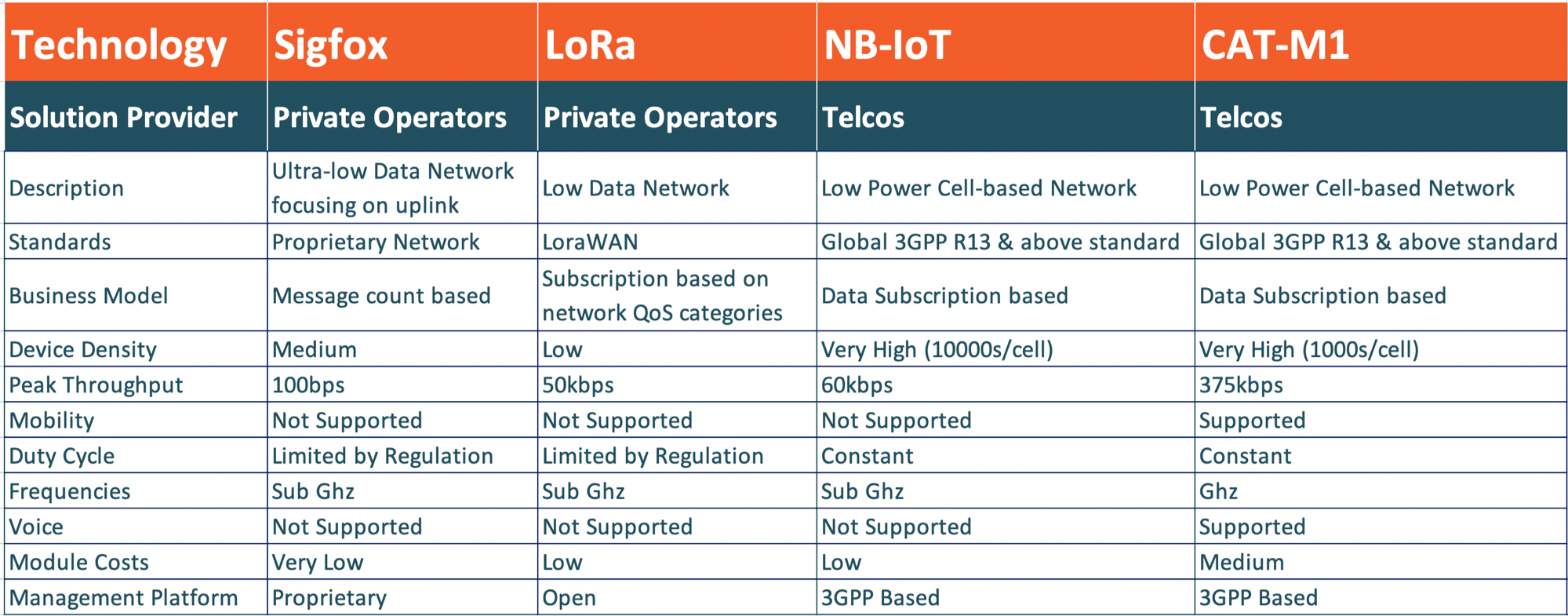May 17, 2019
| 4 min read
Market Insights

In Momenta Partners upcoming webinar - “LPWAN: Ready to Take Connectivity’s Center Stage?” - we’ll focus on the benefits, challenges, and things to consider if you’re looking for a low-power network for your IoT deployment.
Your deployment will not be lonely. A recent Ericsson survey shows the number of cellular-connected IoT devices is expected to grow to 1.8 billion by 2023, driven by new connectivity solutions. And without network connectivity, there is no “I” to connect the “oT.” According to consulting firm McKinsey, IoT connectivity expenditures could grow by nearly 15% annually through to 2022 to keep up with Ericsson’s estimates of new devices.
That means you face a lot of choices around software, hardware, and networks. Considering the use case for your IoT deployment, it might mean one connectivity option seems ideal, but what about interoperability? Will your choice work well across your other infrastructure and within your business model?
What is the right IoT platform?
When choosing an IoT connectivity platform, you need to consider both short-term rollout and long-term infrastructure plans carefully. Some factors to consider include:
Bandwidth – the quantity of data that can be transmitted and collected from IoT devices
Scalability – The ability of the platform to handle increased data loads and more devices with growth
Range and coverage – the distance over which data can be transmitted and the area over which the network can cover reliably
Interoperability – The ability of the platform to integrate with various technologies and devices
Cost and security – the price of transmitting data and the protection/encryption provided at that price
How LPWAN can cut costs and add flexibility
Because of their ubiquity, many IoT network operators rely on cellular 3G/4G connectivity; they provide great coverage, high bandwidth, and have options for mobility applications.
But these networks consume a lot of power, may have coverage gaps, and aren’t ideal for small amounts of data transmitted infrequently. That’s where LPWAN networks come in. Designed to support IoT solutions that need low power consumption, extended battery life, and good penetration in the most challenging radio frequency environments, LPWAN can be a cost-effective and efficient network. The reality is it will not supplant 3G/4G (and soon, 5G) networks, but rather supplement them in the right use cases.
Courtesy of SingTel, here’s how four common LPWAN options compare:

Balancing effectiveness, flexibility, and cost as you consider your connectivity solutions may not be simple but is crucial not just to the high-uptime operation but also to the bottom line. It’s important to evaluate and pick the right solution for your own challenge.

Want to learn more about LPWAN technology and how it's being implemented in Connected Industry? Join us on Thursday, June 6th for a webinar presentation featuring LPWAN industry experts to discuss the critical path for these networking capabilities.

Momenta Partners encompasses leading Strategic Advisory, Talent, and Investment practices. We’re the guiding hand behind leading industrials’ IoT strategies, over 200+ IoT leadership placements, and 25+ young IoT disruptors. Schedule a free consultation to learn more about our Connected Industry practice.